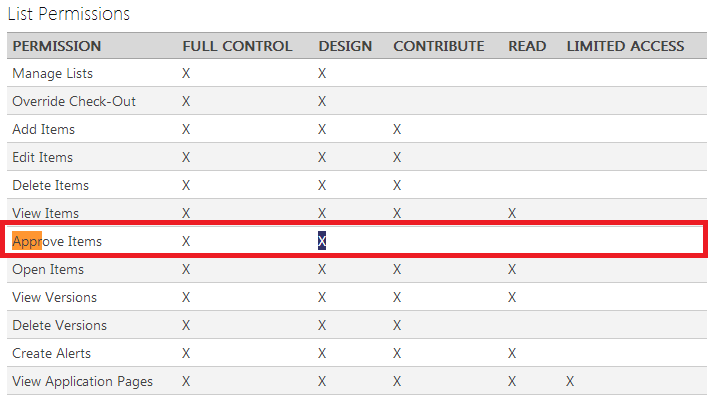线性梯度算实现octave
感悟
机器学习,感觉就是数值分析等数学课程在计算机上的一个应用。让我想起了理查德.费曼说的“数学之于物理就像做爱之于手淫"那句经典的台词,呵呵。
Octave, scilab,matlab这三种数学工具,编程风格兼容,而前两者是开源,后一是要收费的,对于机器学习来说Octave已经够用,所以还是选择Octave来实现吧。
这里不对机器学习的知识做过多解释,因为有个哥们讲的真是太好了:Andrew Ng。课程讲义等(Handouts and Materials)。
批量线性规划代码
[plain]
##batch_gradient.m
## -*- texinfo -*-
## @deftypefn {Function File} {} [ theta ] = batch_gradient ( x, y)
## Return the parameter of linear founction where y = theta[2:n+1]*x + theta(1).
## where n is the row of matrix x.
## It use batch gradient algorithm obviously.
## For example:
##
## @example
## @group
## x=[1 4;2 5;5 1; 4 2] y = [ 19 26 19 20]
## batch_gradient (x, y)
## @result{} [0.0060406 2.9990063 3.9990063]
## @end group
## @end example
## @seealso{stichastic_gradient}
## @end deftypefn
## Author: xiuleili <xiuleili@XIULEILI>
## Created: 2013-04-26
function [ theta ] = batch_gradient ( x, y)
[n,m]=size(x);
[my,ny]=size(y);
theta = rand(1, m+1);
if(ny ~= n | my!= 1)
error("Error: x should be a matrix with(n,m) and y must be (1,n), where n is the count of training samples.");
end;
one = ones(n,1);
X = [one x]';
learning_rate = 0.01;
error = 1;
threshold = 0.000001;
times = 0;
start_time = clock ();
while error > threshold
theta += learning_rate * (y - theta*X) *X';
error = sum((theta * X - y).^2) / 2;
times += 1;
printf("[%d] the current err is: %f", times, error);
disp(theta);
if(times > 10000000000)
break;
end;
end;
end_time = clock ();
disp( seconds(end_time - start_time));
endfunction
##batch_gradient.m
## -*- texinfo -*-
## @deftypefn {Function File} {} [ theta ] = batch_gradient ( x, y)
## Return the parameter of linear founction where y = theta[2:n+1]*x + theta(1).
## where n is the row of matrix x.
## It use batch gradient algorithm obviously.
## For example:
##
## @example
## @group
## x=[1 4;2 5;5 1; 4 2] y = [ 19 26 19 20]
## batch_gradient (x, y)
## @result{} [0.0060406 2.9990063 3.9990063]
## @end group
## @end example
## @seealso{stichastic_gradient}
## @end deftypefn
## Author: xiuleili <xiuleili@XIULEILI>
## Created: 2013-04-26
function [ theta ] = batch_gradient ( x, y)
[n,m]=size(x);
[my,ny]=size(y);
theta = rand(1, m+1);
if(ny ~= n | my!= 1)
error("Error: x should be a matrix with(n,m) and y must be (1,n), where n is the count of training samples.");
end;
one = ones(n,1);
X = [one x]';
learning_rate = 0.01;
error = 1;
threshold = 0.000001;
times = 0;
start_time = clock ();
while error > threshold
theta += learning_rate * (y - theta*X) *X';
error = sum((theta * X - y).^2) / 2;
times += 1;
printf("[%d] the current err is: %f", times, error);
disp(theta);
if(times > 10000000000)
break;
end;
end;
end_time = clock ();
disp( seconds(end_time - start_time));
endfunction
用法如图所示
随机线性梯度源码
[plain]
##stochastic_gradient.m
### -*- texinfo -*-
## @deftypefn {Function File} {} [ theta ] = stochastic_gradient ( x, y)
## Return the parameter of linear founction where y = theta[2:n+1]*x + theta(1).
## where n is the row of matrix x.
## It use stochastic gradient algorithm obviously.
## For example:
##
## @example
## @group
## x=[1 4;2 5;5 1; 4 2] y = [ 19 26 19 20]
## batch_gradient (x, y)
## @result{} [0.0060406 2.9990063 3.9990063]
## @end group
## @end example
## @seealso{batch_gradient}
## @end deftypefn
## Author: xiuleili <xiuleili@XIULEILI>
## Created: 2013-04-26
function [ theta ] = stochastic_gradient (x,y)
[n,m] = size(x);
[my,ny] = size(y);
if ny!=n | my != 1
error("Error: x should be a matrix with(n,m) and y must be (1,n), where n is the count of training samples.");
end
X = [ones(n,1) x]';
theta = rand(1, m+1);
learning_rate = 0.01;
errors = 1;
threshold=0.000001;
times = 0;
start_time = clock ();
while errors > threshold
for k=[1:n]
xx = X(:,k);
theta += learning_rate * (y(k)-theta*xx)*xx';
end
errors = sum((y-theta*X).^2);
times ++;
printf("[%d] errors = %f", times, errors);
disp(theta);
if(times > 10000000000)
break;
end
end
end_time = clock ();
disp( seconds(end_time - start_time));
endfunction
##stochastic_gradient.m
### -*- texinfo -*-
## @deftypefn {Function File} {} [ theta ] = stochastic_gradient ( x, y)
## Return the parameter of linear founction where y = theta[2:n+1]*x + theta(1).
## where n is the row of matrix x.
## It use stochastic gradient algorithm obviously.
## For example:
##
## @example
## @group
## x=[1 4;2 5;5 1; 4 2] y = [ 19 26 19 20]
## batch_gradient (x, y)
## @result{} [0.0060406 2.9990063 3.9990063]
## @end group
## @end example
## @seealso{batch_gradient}
## @end deftypefn
## Author: xiuleili <xiuleili@XIULEILI>
## Created: 2013-04-26
function [ theta ] = stochastic_gradient (x,y)
[n,m] = size(x);
[my,ny] = size(y);
if ny!=n | my != 1
error("Error: x should be a matrix with(n,m) and y must be (1,n), where n is the count of training samples.");
end
X = [ones(n,1) x]';
theta = rand(1, m+1);
learning_rate = 0.01;
errors = 1;
threshold=0.000001;
times = 0;
start_time = clock ();
while errors > threshold
for k=[1:n]
xx = X(:,k);
theta += learning_rate * (y(k)-theta*xx)*xx';
end
errors = sum((y-theta*X).^2);
times ++;
printf("[%d] errors
补充:综合编程 , 其他综合 ,




